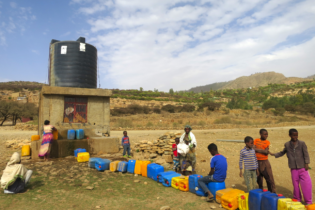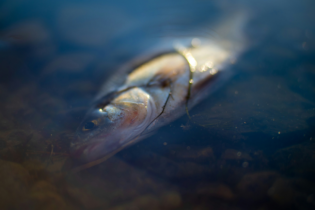The world is yet again undergoing a revolution in water treatment, this time led by ultraviolet (UV) light and ozone technologies.

Both technologies also stand on their own. They are commonly used to clean fruits and vegetables of bacteria and fungi – the South African citrus industry is a world leader in using ozone to clean their produce. Hospitals routinely sterilise rooms with ozone – it’s faster and doesn’t leave a chemical residue. Recently, scientists from Japan’s Fujita Health University proved that low-level ozone gas could neutralise coronavirus particles without causing harm to humans.
Ozone systems are also becoming popular for treating swimming pool water and washing vehicles without using corrosive chemicals. Temporary or remote locations, such as construction sites and mines, use ozone and UV to recycle water. A better world with UV and ozone? Chlorine remains the most popular choice for treating water. It’s cheap, abundant and ruthlessly effective. Ozone and UV don’t necessarily compete with chlorine. Instead, they help reduce chlorine use, reducing risks and environmental impact, and offer alternatives where chlorine is impractical or dangerous. Ozone and UV systems today are compact and self-contained. The best products require little to no maintenance. They are either highly portable or simple to add to existing infrastructure. All a company typically needs is access to reliable electricity, then they can run an ozone generator and UV contacting systems. The technologies do have drawbacks, ozone does not last long, breaking back down to oxygen after just a short period. UV is safe but has limited intensity and all contaminants need to be exposed to the UV light for a short period for it to be effective. Nonetheless, UV is still very effective when used for lower demand cleansing or with other hygiene methods. Ozone is a heavyweight – one of the best disinfectant agents known to humanity.







